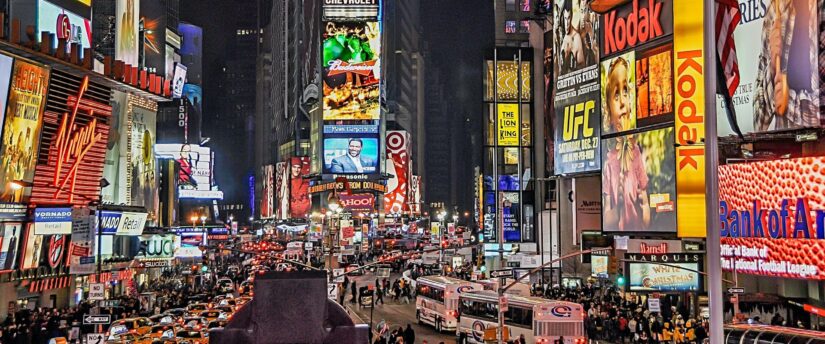Marketing and PR in the activities of enterprises: what it is, tools and types of marketing activities for firms and small businesses. Best Business Marketing Books.
Two marketing tricks of the 21st century: showing the production process and recreating the environment of product use in the sales area
Experiential marketing – based on experience or experiential marketing – is a tool for building an emotional connection between a product or brand on the one hand and consumers on the other hand, as part of an event organized by the manufacturer. We will tell you the main features of this area, and then present two of the most promising schemes for this area.
Pleasant surprise is the foundation of new marketing
The concept of experiential marketing emerged in the early 2000s, but the phenomenon existed long before that.
The dependence of sales on the emotional mood of the buyer has been known since the emergence of commodity-money relations. Even in the ancient world, people demanded “bread and circuses”, not “bread and butter”. More precisely, even before the advent of trade, emotions influenced the movement of goods – from the era of natural exchange. After all, it is clear that the likelihood and profitability of exchanging a mammoth’s leg for roots and berries increases if the hunter, by some action, aroused the sympathy of the gardener (gardener). If the hunter failed to evoke sympathy, and the gardener can eat his roots and berries without mammoth meat, then the exchange, at best, will not take place, and in the worst case, fists can be used as arguments.
Likewise now – a cup of coffee of a certain brand and method of preparation costs you inexpensively in a cafe; incomparably more expensive is a drink of the same brand and preparation method in a prestigious restaurant. For what, in the second case, do we pay “big money”? For the impressions.
Today’s businesses need to understand that they are creating experiences, not just products and services. Simple goods or simple services are no longer enough – goods and services are no longer the main source of profit. Consumers are hungry for experiences and are willing to pay big bucks for them.
Today, the most valuable experiences are those for which people are willing to pay a high price for their unusualness. The challenge of experience marketing is about connecting the brand to the consumer with more than just value for money. Everything must be done to evoke emotions from consumers in a continuous cycle, because a brand that is not backed up by an emotional connection with a client will not withstand the competition.
